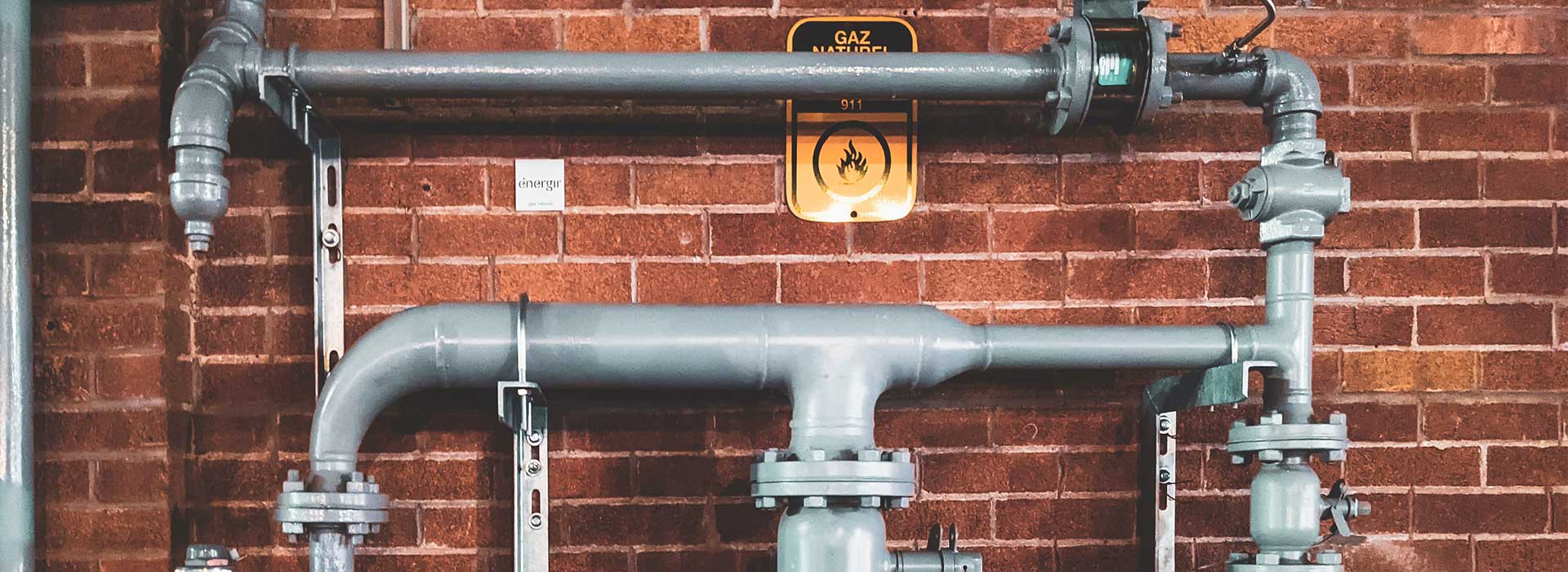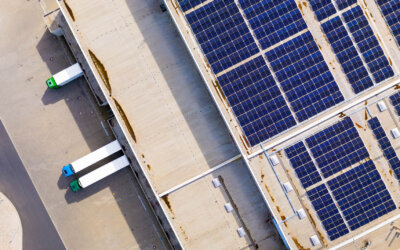This story will delight my colleague Peter, who has an inexplicable fetish for district heating systems: a group of college students are attempting to set up a hyperlocal utility in Portland, Oregon by linking a network of renewable energy sources over a 54-square block neighborhood. The energy in question isn’t in the form of electricity, but rather heat.
The proposed system is, well, complicated:
Planned system components include thermal solar collectors, mass thermal storage for heating and anticipated cooling, combining water to water and ground-coupled heat pump technology, waste heat recovery, PV arrays and biofuel boilers for boosting and back-up. A distribution system of hydronic insulated pipes will deliver hot and chilled water for space heating, cooling and domestic hot water to the school, several hundred nearby residences, and commercial buildings.
In plainer English, the planned system will consist of solar hot water heaters and other systems designed to capture clean energy. These energy capture devices will be scattered throughout the neighborhood, in particular taking advantage of roof space on the elementary school and local commercial buildings. Hot (“hydronic”) water will be pooled and stored in tanks beneath a local park, and a series of insulated underground pipes will carry the water to participating homes and businesses.
Residential and commercial customers can convert from current fossil fuel systems by replacing them with metered heat exchangers which provide hot water on demand and space heating through conventional air handlers that utilize existing ductwork. Boiler systems are replaced with heat exchangers. Hydronic air handlers are installed in existing furnace systems.
Again, in English: once the hot water reaches local homes, it can either by used directly, allowing residents to get rid of their boilers, or it can be run through heat exchangers to provide hot air, allowing residents to get rid of their furnaces. Under alternative configurations, the system might also carry cool water to provide carbon-free air conditioning. Energy use will be metered, just as natural gas or electricity would.
In essence, the system is a giant version of a geothermal or solar hot water system that you might install in your own home. The difference is that the capital costs will be spread over a bigger group of people, efficiencies can be achieved through demand-pooling, and individual homeowners won’t have to deal with maintenance and repair.
The proposal is ambitious; maybe even a little utopian — the utility will be member-owned and will provide revenue to the local elementary school, which will house system controls and some equipment. But precedents for district energy systems do exist in other countries, such as Denmark and Canada. It’s a worthwhile experiment, and hopefully the student planners will find the money and the community support to get it off the ground.
Via Sightline.
Brought to you by terrapass.com
Featured image







